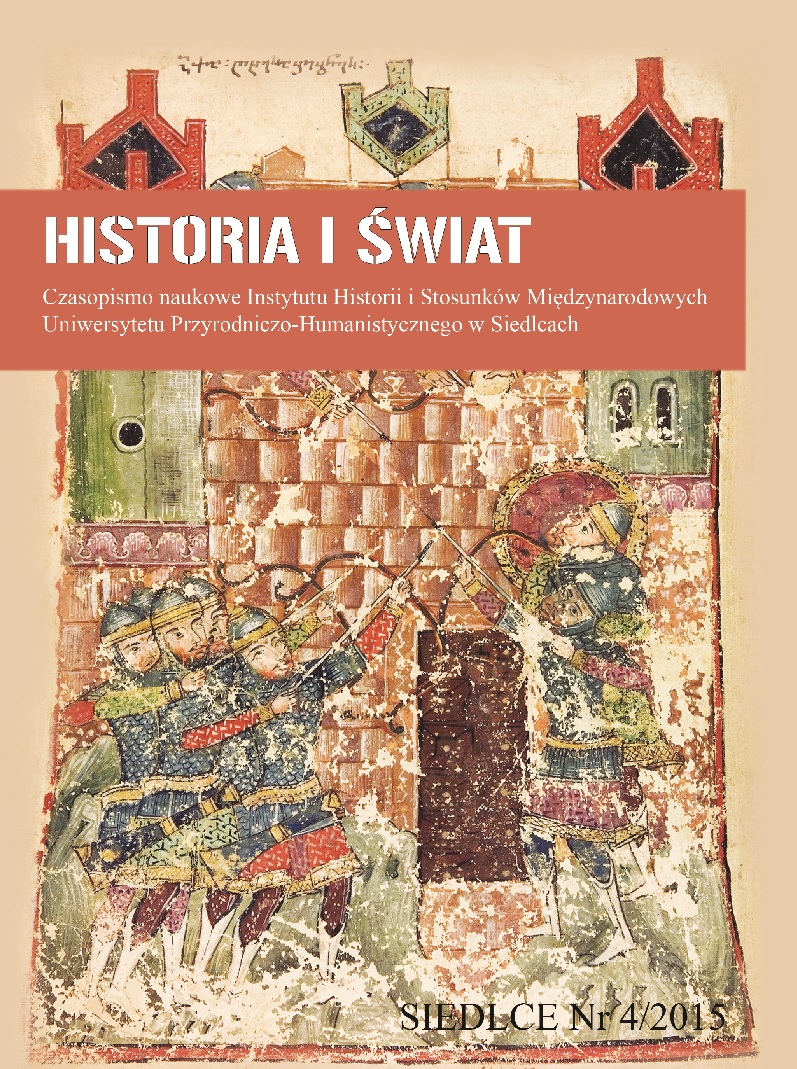Bronze mace with three rams' heads from Ashmolean Museum, University of Oxford
Bronze mace with three rams' heads from Ashmolean Museum, University of Oxford
Author(s): Adam Kubik, Shah Nadeem AhmadSubject(s): History, Archaeology, Military history, Ancient World
Published by: Instytut Historii UwS
Keywords: Sasanian Warfare; Military History; Sasanian Beliefs; Central Asian Beliefs; Late Antiquity; Maces; Sceptres
Summary/Abstract: The present study brings to light a new Sasanian mace in the Ashmolean Museumin Oxford, England, acquired in 1971 from the Bomford Collection. The bronze mace headis in the shape of three ram heads, has an iron shaft, and a bronze pommel in the shape ofa hand holding a ball. The mace incorporates several important decorative motifs – the ramheads which can be linked to the royal farr and to Central Asian visual language; the pearlnecklace which is another symbol of the royal farr, and the triple dot motif which may havelinks to the star Tishtriya, to Apam Napat, or to Buddhist symbolism. In addition to theseelements there is the hand motif, whose meaning is still unknown but might be linked toAsian symbolic hand gestures. The mace or scepter was an important element of royalty andof religion in Iran and Central Asia and the example in the Ashmolean museum isan important addition in the study of Iranian visual language and royal image in the specificcontext of Indo-Iranian mutual influence.In the present authors' opinion, the present mace is likely to date, based on relationswith other objects, from the 5th - 7th Centuries and is likely to originate from Eastern-Iranor is rooted in Eastern-Iranian artistic tradition.
Journal: Historia i Świat
- Issue Year: 2015
- Issue No: 4
- Page Range: 157-174
- Page Count: 18
- Language: English

